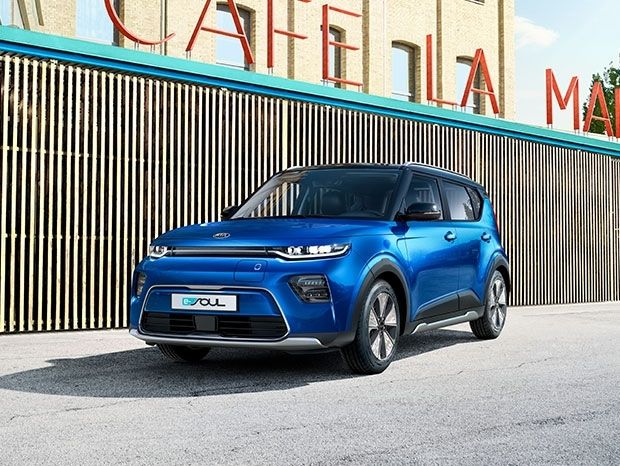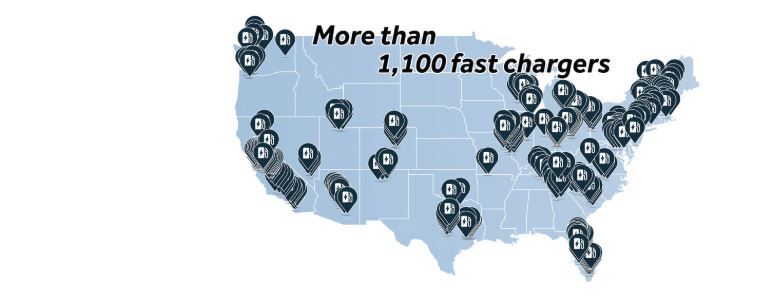How to Select a Safe EV Charging Station
【Summary】EV charging safety starts with purchasing the right charger.

Everyone knows not to pump gas with a vehicle running, or while talking on a cell phone. Safety at the pump is common knowledge. But what about saferty at the plug? Very few people know about EV charging safety.
Choosing a safe charger
One of the first safety challenges EV owners face is choosing the right charger. A standard Level 1 charger relies on your home's 120-volt system, whereas a Level 2 Charger draws from the 240-volt system. Either must have integrated safety features to prevent electric shock and fire.
A good charging station must be independently safety tested and certified. There are Nationally Recognized Testing Laboratories (NRTLs) that handle this. A couple examples that focus on EVs are Intertek (ETL mark) and Underwriter's Laboratory (UL mark). These facilities put products through extensive testing before certifying them for consumer use. NRTL Certification will appear on a products rating plate.
National Electric Code
Buildings and equipment must adhere to the National Electric Code (NEC). And so do charging stations. The NEC requires all charging stations installed in the U.S. be NRTL certified. So, if you're using an uncertified, fly-by-night brand charger, you're going against code.
Installing a charging station usually requires a building permit. If the inspector finds your charger is not NRTL certified, or that it's not properly installed, you'll be required to make changes. It may sound petty, but these practices are in place to promote safety.
How to tell if your charging station is NRTL certified
If a station is properly certified, NTRL markings will appear on the product. They will be the laboratory abbreviations, ETL or UL. The markings must appear on the product itself, and not just on a website or manual. Typically, the marks can be found on the products name plate, otherwise known as the rating plate. Do not install a charging station that does not have these markings. A local building inspector will not approve a charging station without them.
Charging stations to avoid
Some charging stations have marks that are misleading. They may display a CE mark, which looks official, but it's not an NRTL identification. It is actually a self-certification mark. A CE logo is acceptable, if it's used in addition to an NRTL mark, but not if it's alone.
Another important tip is to avoid charging stations without a grounded plug. It's imperative that the charging station have an earth ground connection, both for your safety and to meet local code.
EV charging is a very safe – long as you've got the right charger and the proper knowledge.
Source: Charged EVs
-


Tesla Model S Wagon Displayed in Geneva
-


Audi Reveals its Q4 e-tron Concept at the Geneva Motor Show
-


Goodyear Showcases Concept Tire for Flying Cars; 1950's Autonomous Vehicle
-


Kia to Premier Euro-spec Electric e-Soul at the Geneva Motor Show
-


Ford Developing Electric Mustang Crossover That CEO Says Will “Go Like Hell”
-


BMW to Premiere New Plug-in Hybrid Vehicles & Free EV Charging in Geneva
-


Honda Says EVs, Not Brexit, to Blame for Honda Plant Shutdown
-


EVgo Charging Network Powers 88% More EVs Than Last Year
- Dacia closes website for Black Friday
- 2023 Jeep Grand Cherokee: Daring & Adaptable
- Carmakers inundate market with fresh electric vehicles
- Tesla Cybertruck: What we really know
- Bentley driver's 'medical emergency' leads to $300,000 supercar crash at Canadian border
- Toyota Yaris Cross: A Youthful Twist on the Popular Hatchback
- Mercedes-Benz: embracing a new era
- Nissan's £1bn investment in UK electric cars
- Electric Nissan Juke And Qashqai Get Inspiration From Cutting-Edge Concepts
- 2023 Jeep Grand Cherokee: Daring & Flexible











 About Us
About Us Contact Us
Contact Us Careers
Careers